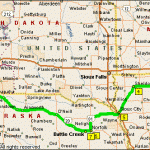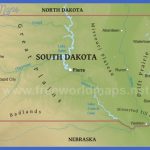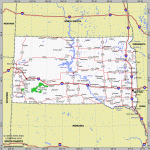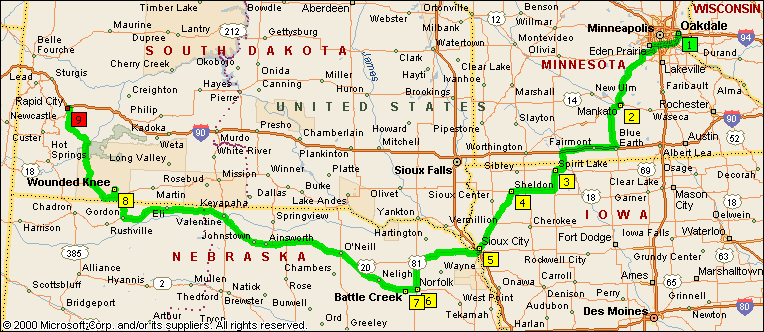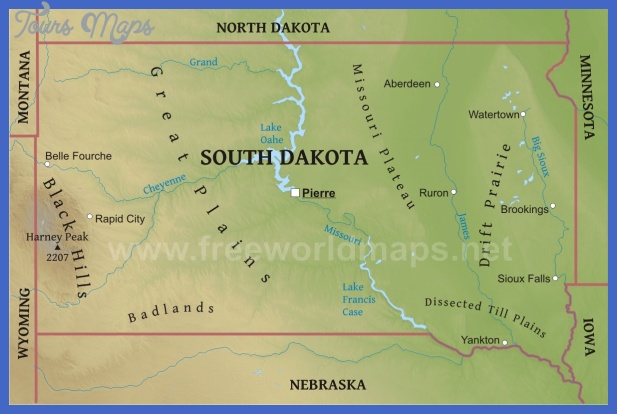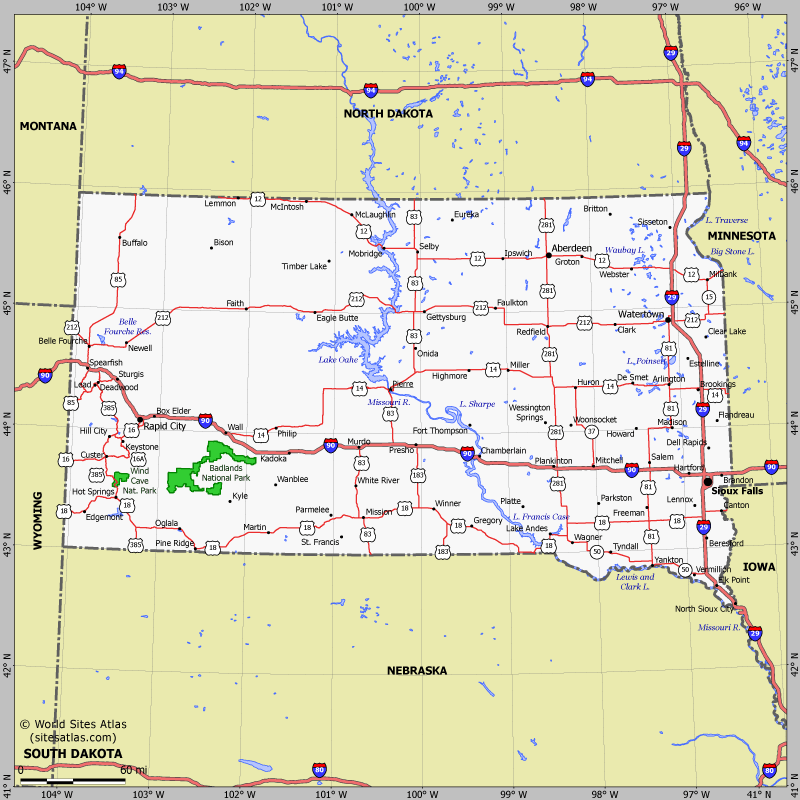HISTORICAL OVERVIEW
The history of Latinos in South Dakota starts in 1492 with the arrival of Christopher Columbus (c. 1451-1506) in the Americas. As a result of his discoveries, all of present-day South Dakota became part of New Spain. From 1540-1542, Francisco Vasquez de Coronado (1510-1554) explored Arizona, New Mexico, the Texas panhandle, Oklahoma, and Kansas. According to some historians, Spanish explorers reached more northern regions. Alfred T. Andreas was convinced that Coronado had crossed into southern Nebraska on his return march, and Doane Robinson (1856-1946) believed that Spanish explorers may have come into the Black Hills of South Dakota before 1550. Whether the Spaniards
reached present-day South Dakota, the expeditions by Coronado (1540-1542), Don Juan de Onate (1598-1608), Antonio Valverde y Coslo (unknown-1719), and Pedro de Villasur (unknown-1720) confirmed their claims to the Great Plains.
Rather than militarizing and permanently settling present-day South Dakota, the Spaniards contented themselves with establishing a trade presence among the Native Americans. The Spaniards viewed the Great Plains as a natural barrier protecting Spanish settlements to the south from incursions by other European powers. Without a military presence, however, the Spaniards were in no position to defend the prairies themselves. As a result, their claims to the region were soon challenged by the French. In 1682 French explorer Rene Robert Cavalier, Sieur de La Salle (1643-1687), traveled down the Mississippi River to its mouth. He claimed all the land drained by the Mississippi, as well as its tributaries, for France.
In 1743, LaVerendrye made the first mention of Christian practices on South Dakotan soil. Of the Arikara living around Fort Pierre, he wrote, They have a man with them that has been raised among the Spaniards and spoke that language as well as his mother tongue. I questioned him afterward and he told … that he had been baptized and had never forgotten his prayers.
The French hold on the Louisiana Territory did not last long. As a result of the French and Indian wars, French possessions west of the Mississippi were ceded to Spain under the 1762 Treaty of Paris. Once again the Louisiana Territory belonged to the Spaniards, who administered it from New Orleans from 1763-1800. While it was part and parcel of the Spanish empire, the north and the interior were only sparsely settled by French Canadian hunters and trappers. Native American nomads made up most of the residents on the Great Plains, with Spanish military control confined to the south. Despite the fact that the Spanish Army never reached South Dakota (with Pedro de Villasur having been stopped in Nebraska in 1720), the Spaniards maintained a series of forts and frontier posts inherited by the French; these extended along the Mississippi as far north as Michigan.
In 1785 the new governor of Louisiana, Esteban Rodriguez Miro (1744-1795), took inventory of his domain in a report to his superiors. Beginning in 1789, a few hunters, including Juan Munier and Joseph Garreau (known in Spanish as Garan), were the first Spaniards to explore the Missouri. That very year, Juan Munier met the Ponca Indians and was given exclusive trading rights with them by the Spanish. Jacques d’figlise, a French Canadian turned Spaniard, followed the next year, traversing the length and breadth of South Dakota to a greater extent than any of his countrymen. He alerted the Spaniards of the extent of foreign incursions into their territory. As a result, Spanish authorities asserted their rights over the upper Missouri. Spanish merchants formed the Company of Explorers of the Upper Missouri, and within the next few years, two Spanish
expeditions made their way upriver. In 1794 a party led by Jean-Baptiste Trudeau ascended the Missouri, seeking a $3,000 reward offered to the first Spanish citizen to reach the Pacific via the Missouri. Stopped by Teton and Yankton Sioux, the explorers retreated to what is now Fort Randall Dam. There, on November 11, 1794, the Spanish citizens built a modest cabin to occupy for the winter, erecting the first European structure in South Dakota.
South Dakota Metro Map Photo Gallery
Maybe You Like Them Too
- Explore Les Accates, France with this Detailed Map
- Explore Góra Kalwaria, Poland with this detailed map
- Explore Gumdag, Turkmenistan with this detailed map
- Explore Telfes im Stubai, Austria with this detailed map
- Explore Langenselbold, Germany with this detailed map

